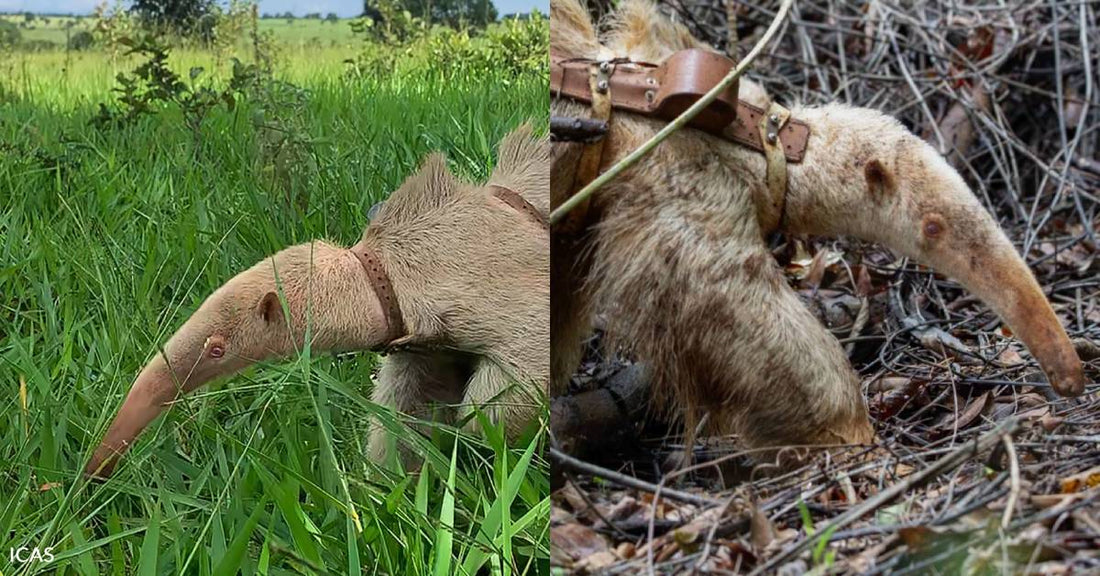Alvinho the Anteater is Teaching Us About His Species, You're Helping
Michelle Milliken
Giant anteaters are a vulnerable species that has been extirpated from much of their historic range in Central and South America. While they face threats including habitat loss and car collisions, there is also little known about how they reproduce, other than that they do so at a low rate. You’re helping scientists learn more about this, though, which will be key in the conservation of this unique species.
Thanks to your clicks, trivia participation, shopping for a cause, and direct donations, our partner Greater Good Charities (GGC) has been supporting the work of Brazil-based Instituto de Conservação de Animais Silvestres, or ICAS. The organization is currently undertaking a seven-year study of giant anteaters in the Cerrado, the largest savanna region in South America.

We’ve worked with GGC to provide ultrasound equipment and veterinarian training for this research, which allows a non-invasive way to learn more about giant anteaters' reproductive organs, estrous cycles, pregnancies, and sexual maturity. The findings will help with management strategies in captivity and in the wild.
ICAS recently shared an update on research they’ve been doing with Alvinho the albino giant anteater.

The organization says, “He is now nearly three years old. Despite being a little smaller than expected for his age, his health is excellent, and his camouflage abilities, even without the traditional grayish-brown coat with a large black stripe which characterize giant anteaters, leave our team very impressed! Alvinho is still living in the same area where he was born and raised by his mum, and our team of veterinarians is visiting him regularly to check on him!"
During these checks, they’ve used the ultrasound equipment provided to measure the size of Alvinho’s testicles, which, along with other body biometrics, help scientists learn more about how the animals grow and when they reach sexual maturity. However, locating this body part is a bit tricky.

ICAS explains, “The use of ultrasound is necessary because Alvinho is a giant anteater, which belongs to the Xenarthra super order, the same group that includes armadillos and sloths. This super order has a very curious characteristic: testicles are located inside the abdominal cavity! That’s why, without ultrasound, it’s impossible to visualize these structures.”
They add, “Knowing the age at which they reach sexual maturity is a key factor for conservation, especially for the giant anteater, which is classified as vulnerable to extinction, at a national and international level! Currently, there is little data on the reproduction of this species, especially individuals living in the wild.”

ICAS also performs additional checks with Alvinho and other giant anteaters that they’ve collared. This work wouldn’t be possible without your help, Thank you! If you’d like to contribute further to the study – and conservation – of giant anteaters, click below!

